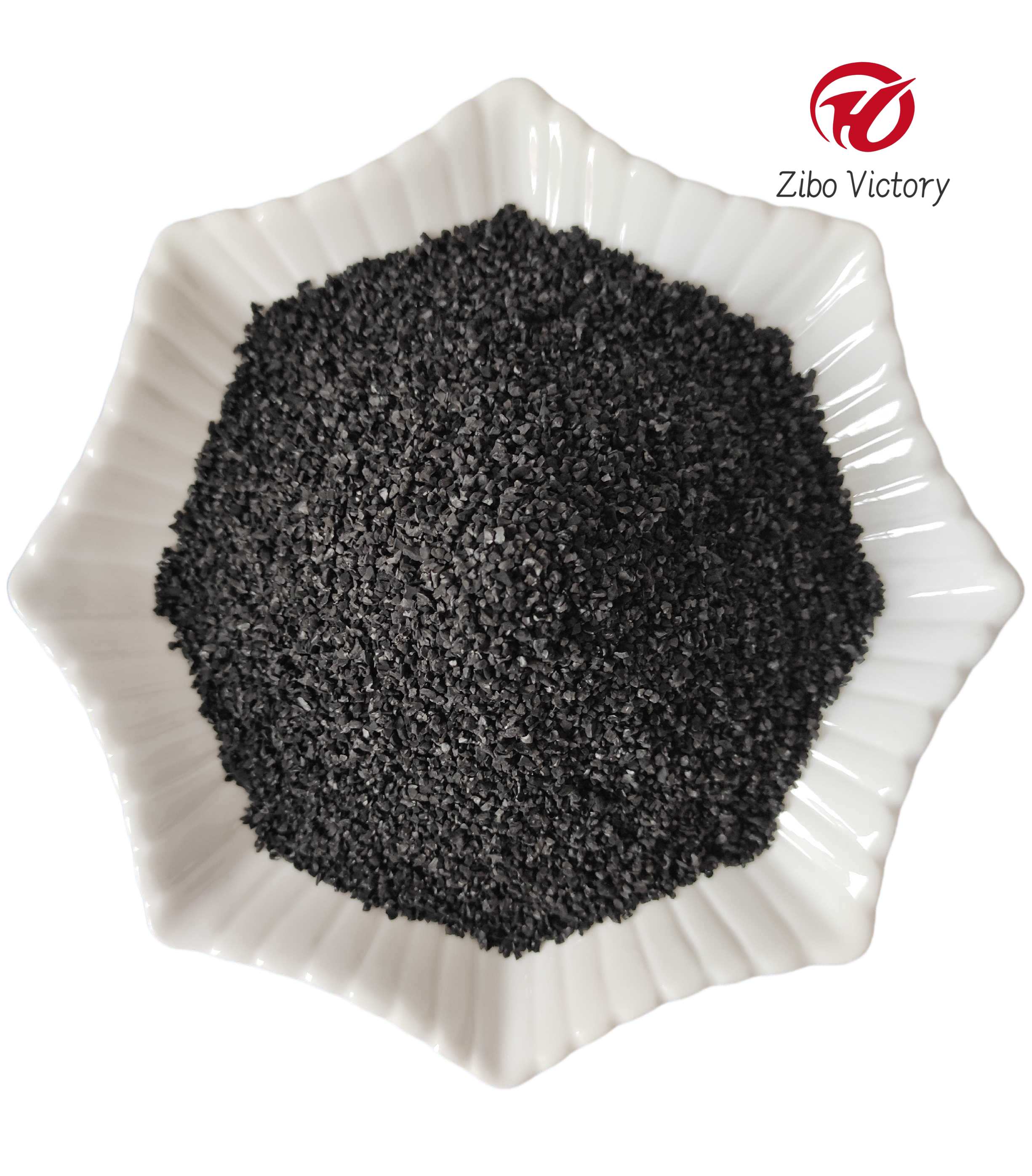Coconut shell activated carbon or fruit shell activated carbon is good?

The choice between coconut shell activated carbon (CSAC) and fruit shell activated carbon (FSAC) depends on the specific application, as each has distinct properties and advantages. Here's a structured comparison:
1. Raw Material & Sustainability
CSAC: Sourced from coconut shells, a byproduct of the coconut industry. Abundant in tropical regions, promoting recycling of agricultural waste.
FSAC: Derived from various fruit shells (e.g., walnut, peach, or olive pits). Availability depends on regional agricultural practices, offering potential sustainability if using local byproducts.
2. Pore Structure & Adsorption
CSAC: High microporosity (pores <2 nm), ideal for adsorbing small molecules (e.g., chlorine, VOCs). High iodine number (~1000–1200 mg/g) indicates superior adsorption of low molecular weight contaminants.
FSAC: May have more mesopores (2–50 nm) or mixed porosity, better for larger organic compounds (e.g., dyes, tannins). Adsorption capacity varies by source material.
3. Mechanical Strength & Lifespan
CSAC: Harder structure, higher abrasion resistance, and longer lifespan in filters. Suitable for high-pressure or repetitive regeneration cycles.
FSAC: Generally softer, potentially shorter lifespan if derived from less dense shells. May degrade faster in certain applications.
4. Applications
CSAC: Preferred for drinking water purification, air filters, and gas phase adsorption (e.g., gold recovery) due to microporosity and purity.
FSAC: Effective in wastewater treatment (e.g., removing large organics, colorants) or niche uses where mesopores are advantageous.
5. Cost & Availability
CSAC: May be costlier in non-tropical regions due to import costs but widely standardized for industrial use.
FSAC: Potentially cheaper where fruit shells are locally abundant, offering a cost-effective alternative for specific uses.
6. Ash Content & Purity
CSAC: Low ash content (<5%), minimizing interference in adsorption. High purity suits sensitive applications (e.g., pharmaceuticals).
FSAC: Ash content varies; some fruit shells (e.g., walnut) may have higher ash, requiring post-treatment for certain uses.
Conclusion
Choose CSAC for: Microporous adsorption (small molecules), high-purity needs, and long-term durability.
Choose FSAC for: Mesoporous adsorption (larger molecules), cost-sensitive projects, or leveraging local agricultural waste.



 Send Email
Send Email +8613325203316
+8613325203316